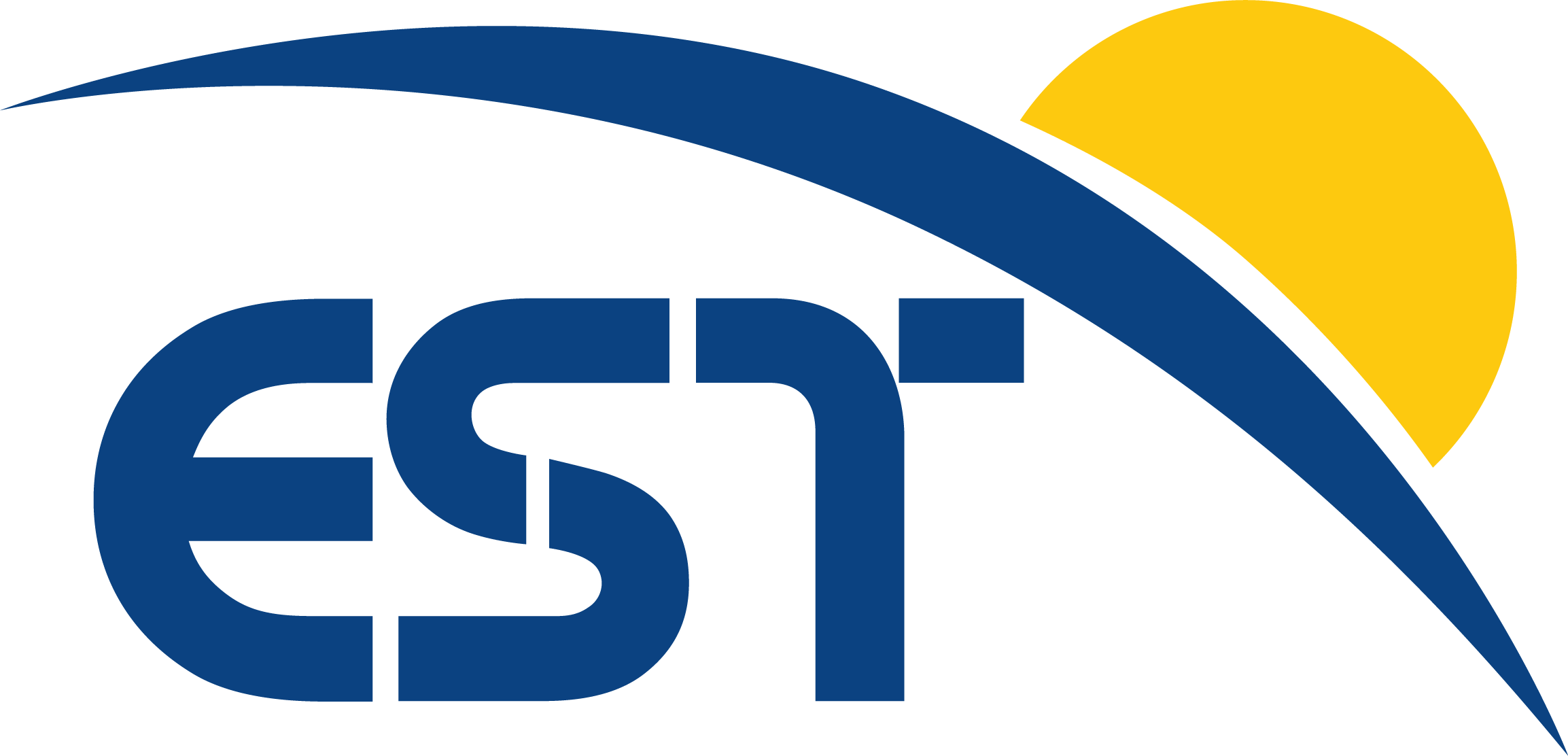Adaptive Optics
In order to achieve the highest possible spatial resolution, EST shall be provided with powerful adaptive optics (AO). On the one hand, it will have a ground layer adaptive optics system (GLAO), composed of a deformable mirror located at a pupil position, and a fast tip-tilt mirror. On the other hand, additional deformable mirrors (DM) are needed to increase the size of the corrected field of view. These DMs will be placed at positions which correspond to certain heights in the atmosphere. Such a multi-conjugate adaptive optics system is mandatory to achieve the required corrected FoV of 1arcmin x 1arcmin. The AO system will be integrated in the main telescope optical path in order to minimize the number of optical surfaces.
The telescope will also include active optics (aO) in order to maintain the alignment of the primary and secondary mirrors and the optical figure of the former, and to take into account alignment tolerances, changes of the gravity vector with elevation angle, temperature variations, or wind buffeting deformation. Continuous operation of the active optics system will be needed during all the telescope operation to guarantee the optical quality of the telescope, even when the adaptive optics is not in operation. Due to the baseline open air configuration of EST, dynamic effects derived from wind shake on the telescope structure and M1 wind buffeting deformation will degrade the optical quality of telescope. It will be crucial to provide the possibility of correcting them continuously with the active optics system and the tip-tilt mirror. AO and aO shall work as a single system, with the aO integrated into the AO architecture.
The high level requirements specify the optical quality of the images when the MCAO is operating in closed loop: a spatial resolution of 0.04" (with a goal 0.03") must be achieved at a wavelength of 500 nm. The requirement has been translated into a value of SR=0.4 within a FoV of Ø30 arcmin and SR = 0.3 within a FoV of Ø1 arcmin, for r0 > 20 cm at λ = 500 nm up to the instruments detector plane. An additional requirement has been included to define the optical quality for closed loop MCAO operation in normal seeing conditions (r0=10cm). The proposed requirement is SR = 0.25 (TBC) within a FoV of Ø30 arcmin and SR=0.15 (TBC) within a FOV of Ø1 arcmin for r0 > 10 cm at λ = 500 nm up to the instruments detector plane.
